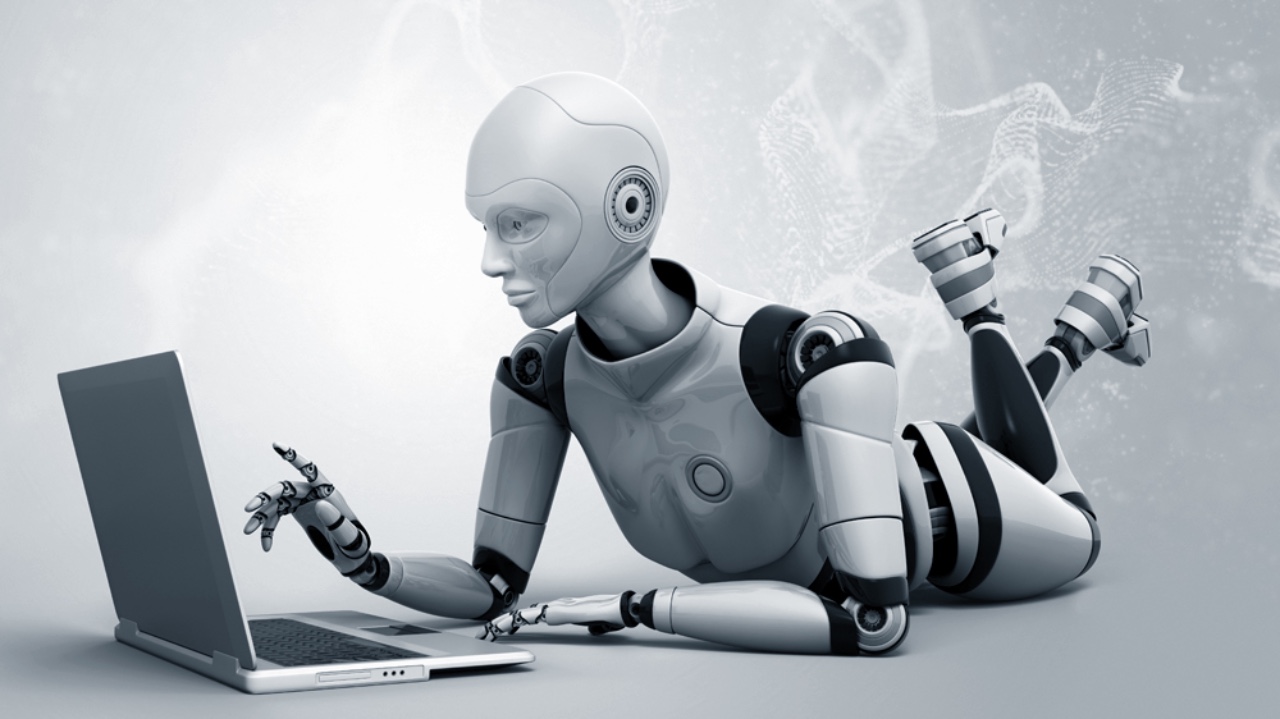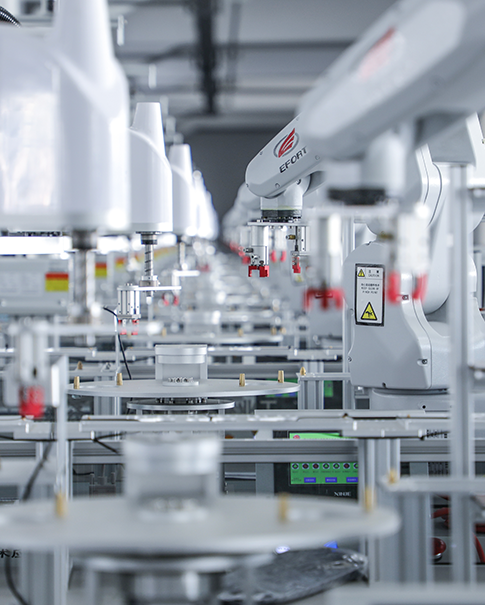HMI and display panels: the visual bridge of industrial
November 29,2024
HMI and display panels: the visual bridge of industrial
In modern industrial, Human-Machine Interface (HMI) and display panels play a vital role. As a bridge between people and equipment, they not only provide real-time data monitoring, but also allow operators to control and adjust industrial systems. Whether in manufacturing, energy, chemical industry, or smart buildings and traffic management, HMI and display panels have become core components for realizing intelligent production, improving efficiency and ensuring safe operation.

This article will explore the role, development trends and application of HMI and display panels in industrial .
What is HMI (Human-Machine Interface)?
HMI (Human-Machine Interface) refers to the interactive interface between people and machine equipment, allowing operators to exchange data, monitor and control with the control system. The role of HMI can be regarded as the "brain" of the industrial system. It transforms complex control and monitoring processes into intuitive interfaces to help operators operate more efficiently.
HMI systems include hardware (such as input devices such as touch screens, buttons, knobs, etc.) and software (graphical interfaces, control panels, etc.). Through HMI, operators can view real-time data, set equipment parameters, receive alarm notifications, and perform a series of control operations, such as starting and stopping equipment, adjusting operating parameters, etc.
Display panel: the visual embodiment of HMI
The display panel is the visual part of the HMI system, usually presented in the form of a touch screen or LCD screen. It is used to display data collected from industrial equipment or process control systems, as well as control commands entered by users. The display panel converts the interaction between operators and machines into a visual form, allowing operators to intuitively understand the operating status of the equipment without relying on professional skills.
Display panels usually have high brightness, wide viewing angle and high resolution to enable clear display in various environments. It also supports multiple input methods, including touch screen, buttons, knobs or keyboards, and operators can choose the most convenient operation method according to their needs.
Functions and advantages of HMI and display panels
Real-time data monitoring
The HMI system can display the operating status, production data, fault alarm information, etc. of industrial equipment in real time. Through the display panel, operators can intuitively view important parameters such as temperature, pressure, flow, speed, etc., detect abnormal conditions in time, and prevent equipment failure or production stagnation.
Remote monitoring and control
Modern HMI systems are not limited to local control, but can also be connected to remote monitoring systems through the network. In this way, even if the operator is not on site, he can control and monitor the operating status of the equipment through the HMI interface. For example, in the remote control center, managers can view the equipment status of different factories or areas through the HMI system and adjust operations as needed.
Improve work efficiency
Traditional industrial equipment control often relies on physical buttons, switches, and indicator lights, which are cumbersome and error-prone. HMI and display panels provide a more user-friendly operation interface, allowing operators to quickly obtain the required information through touch screens or graphical interfaces and quickly perform corresponding operations. This not only greatly improves work efficiency, but also reduces the risk of human error.
Real-time alarm and safety management
HMI systems can monitor in real time according to set thresholds and issue alarms when the equipment is running beyond the safe range. The display panel will prompt the operator to take timely measures to prevent equipment damage or safety accidents through red flashing, sound alarms, etc. Modern HMI systems also support fault diagnosis to help operators locate the cause of the problem, thereby improving the operation stability and safety of the equipment.
Data Recording and Analysis
HMI systems are not only used for real-time monitoring and control, but also record operation history and equipment data to provide a basis for subsequent analysis and maintenance. These data can be used for production optimization, fault prediction, maintenance planning and quality control. By analyzing historical data, managers can identify potential problems with equipment and take preventive maintenance measures in advance.
Multilingual Support and Customized Interfaces
Modern HMI systems usually support multilingual interfaces to adapt to global production needs. In addition, operators can also customize the display interface as needed, such as setting shortcut operation buttons, adjusting display content, etc., in order to improve work efficiency and adapt to different operating habits.
HMI and display panels are key components of modern industrial. They not only improve production efficiency, but also help companies ensure the safe operation of equipment. In the future, with the continuous advancement of technology, HMI and display panels will become more intelligent and efficient, providing strong support for the digital transformation of various industries.
 Network Supported
Network Supported